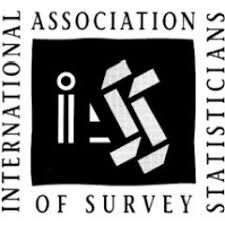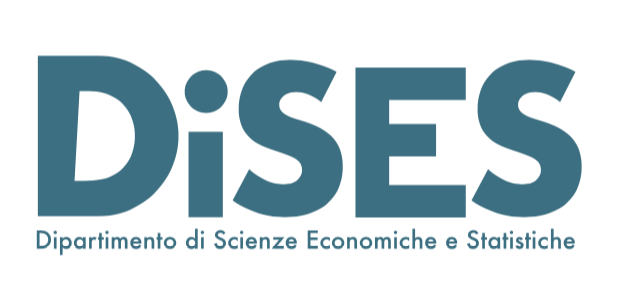
Due to the pandemic COVID-19-virus, we have come to the decision to change the conference format to a virtual event (September 20-24, 2021).
SAE2021 is the Satellite Conference of the 63rd ISI World Statistics Congress.
SAE2021 BIG4small Book of Abstracts is here
SAE2021 BIG4small Book of Short Papers is here
SAE2021 BIG4small Conference Program is here
SAE2021 BIG4small Guidelines for Participants, speakers and chairs are here
Welcome
The main purpose of the proposed meeting will be to assess the current state of development and usage of small area methodology. We hope that this meeting will serve as a bridge among statisticians, computer scientists, engineers, and practitioners working on small area estimation in academia, private and government agencies. This meeting in Naples will give researchers an opportunity to learn about state-of-the-art small area estimation techniques from the experts in the field. We look forward to seeing you in Naples, Italy!






Roberta Siciliano
Chair of the Programme CommitteeUniversity of Naples Federico II
Italy

Antonio D'Ambrosio
Chair of the Organizing CommitteeUniversity of Naples Federico II
Italy

Naples has the largest historical city center in Europe, listed by UNESCO as a World Heritage Site. In the immediate vicinity of Naples are numerous culturally and historically significant sites, including the Royal Palace of Caserta and the Roman ruins of Pompeii and Herculaneum. Culinarily, Naples is synonymous with pizza, which originated in the city. Neapolitan music has furthermore been highly influential, and it had an important and vibrant role over the centuries not just in the music of Italy, but in the general history of western European musical traditions. Around Naples are located some of the most beautiful seaside towns of the world such as Capri, Ischia, Sorrento and the Amalfi coast.
Naples hosts the University Federico II, founded by emperor of the Holy Roman Empire Frederick II on 5 June 1224, the most ancient state-supported institution of higher education and research in the world.
Conference Topics
Planning and evaluation of government programmes usually requires access to a wide range of national and sub-national socio-economic, environment and health related statistics. There is, however, a growing need for statistics relating to much smaller geographical areas, where data are too sparse to support the sort of standard estimation methods typically employed at national level. These 'small area' official statistics are routinely used for a variety of purposes, including assessing economic well-being of a nation, making public policies, and allocating funds in various government programmes. With the rapid development of survey methodology, different governmental agencies are now exploring ways of combining national survey data with a variety of structured and unstructured data, including administrative, census records and Big Data to produce reliable small area statistics. The field of small area estimation research is quickly expanding to meet this demand, and is constantly tackling practical problems that are theoretically challenging.
- 1. SAE in Official Statistics
- 2. SAE using Big Data Sources
- 3. Spatial approaches and satellite imagery in SAE
- 4. Computational Science for SAE
- 5. Machine Learning for SAE
- 6. Statistical learning for SAE
- 7. Social media digital fingerprints and SAE of social indicator
- 8. Anonymized and aggregated mobile data for SAE
- 9. SAE of indicators of education and household characteristics
- 10. SAE and Big Data in poverty mapping
- 11. SAE methods for time series data
- 12. Methods for indirect SAE
- 13. Bayesian statistics for SAE
- 14. SAE using mixed models/multilevel models
- 15. Generalized Linear Models for SAE
- 16. Model-based inference for SAE
- 17. Nonparametric methods for SAE
- 18. Developments in design-based sampling variance estimation
- 19. Composite Estimators for SAE
- 20. SAE for repeated surveys
- 21. Robust methods for SAE
- 22. Selection and checking for SAE models
- 23. New advancements (developments, challenges) in Sample Surveys
- 24. Other topics related to SAE
- 25. Applications
Sponsors





